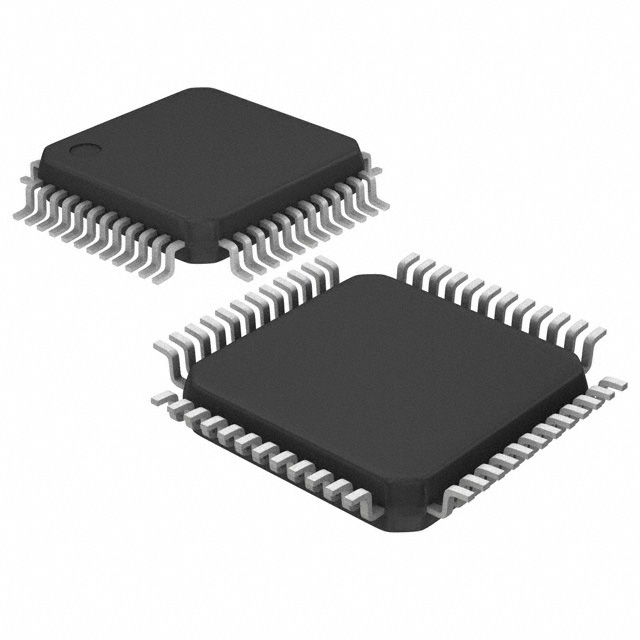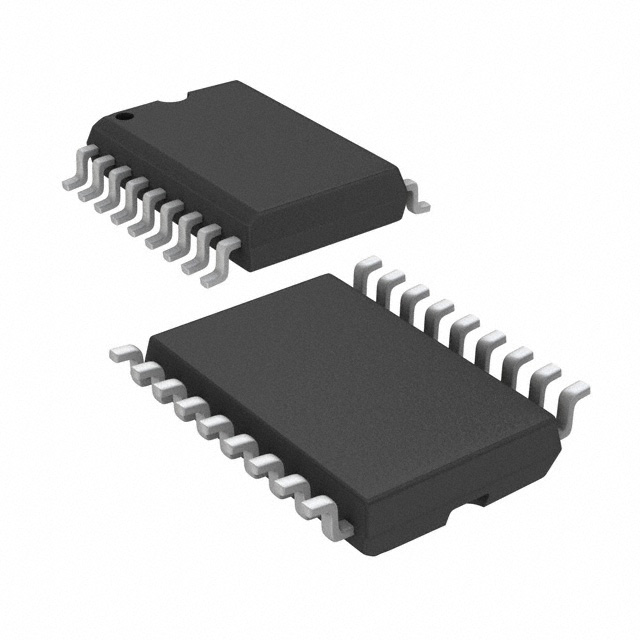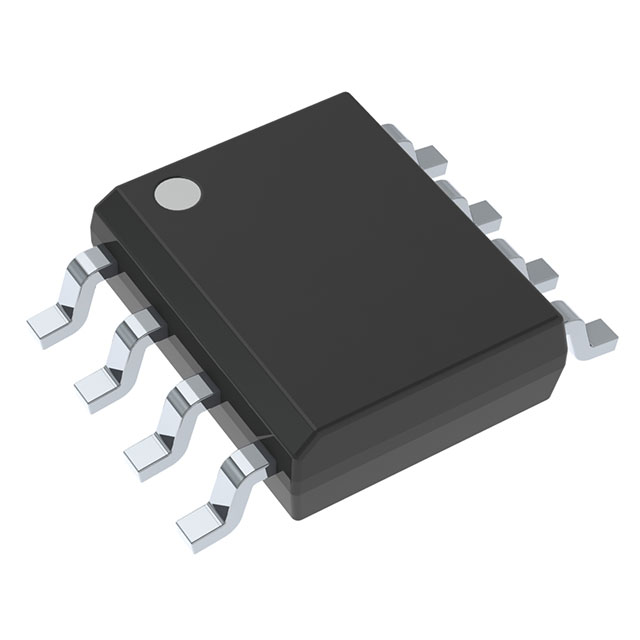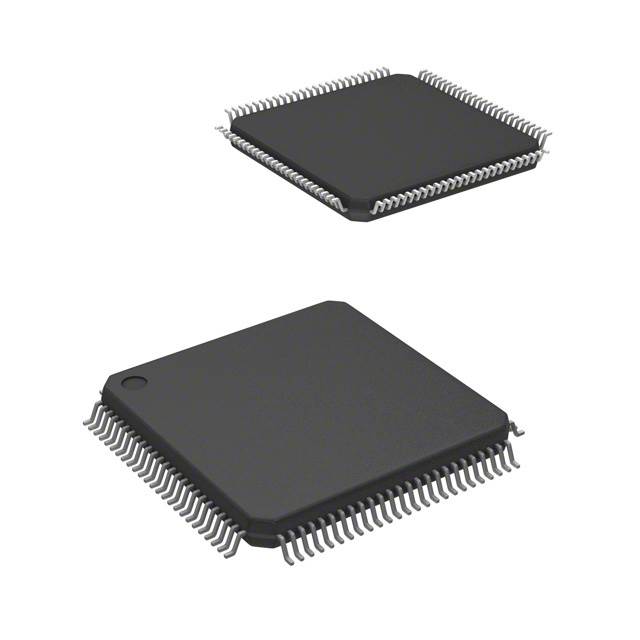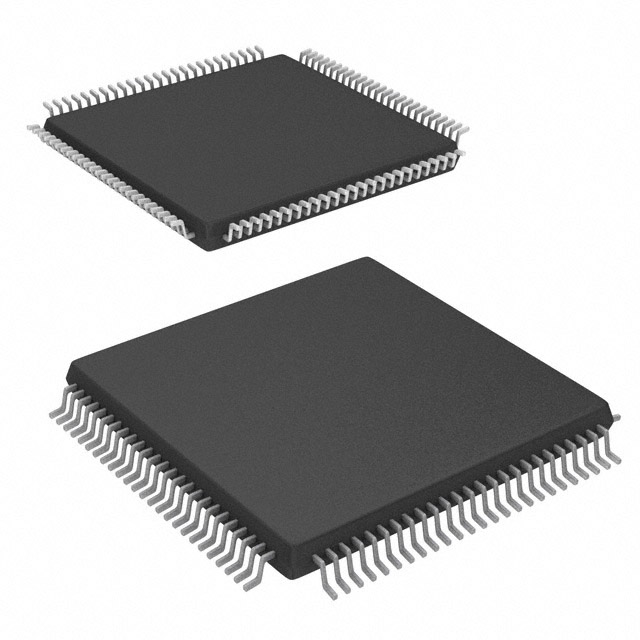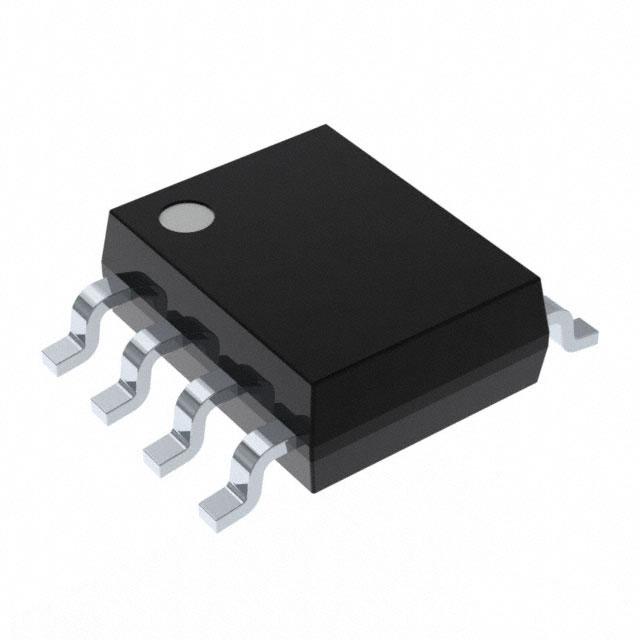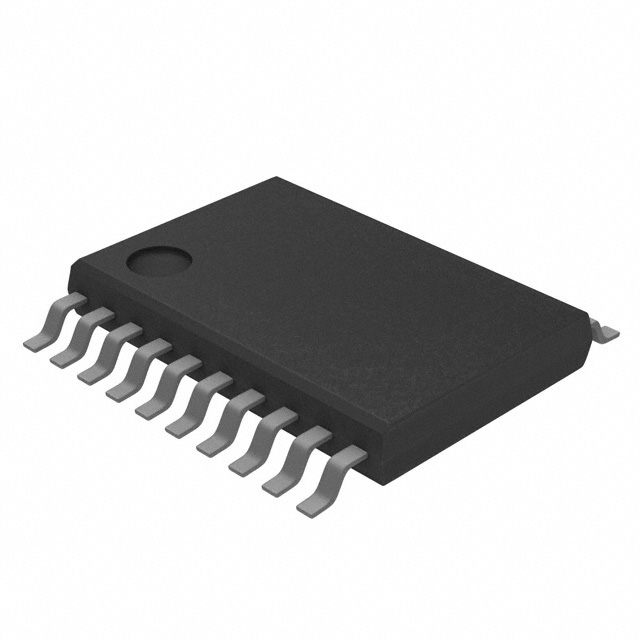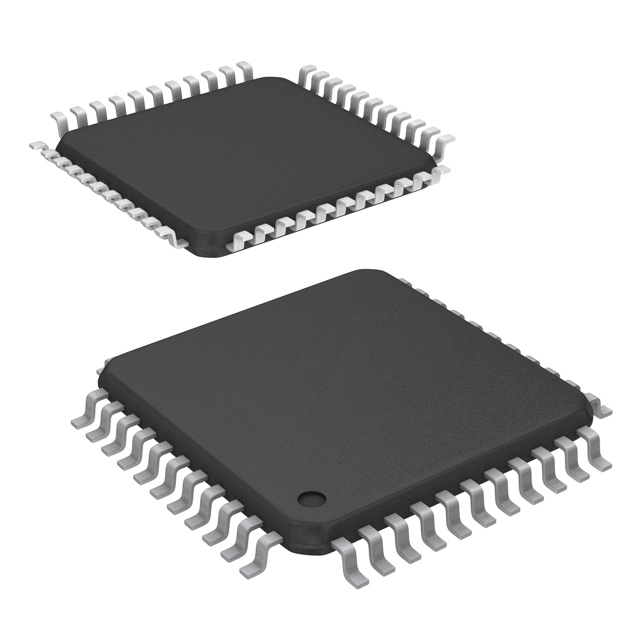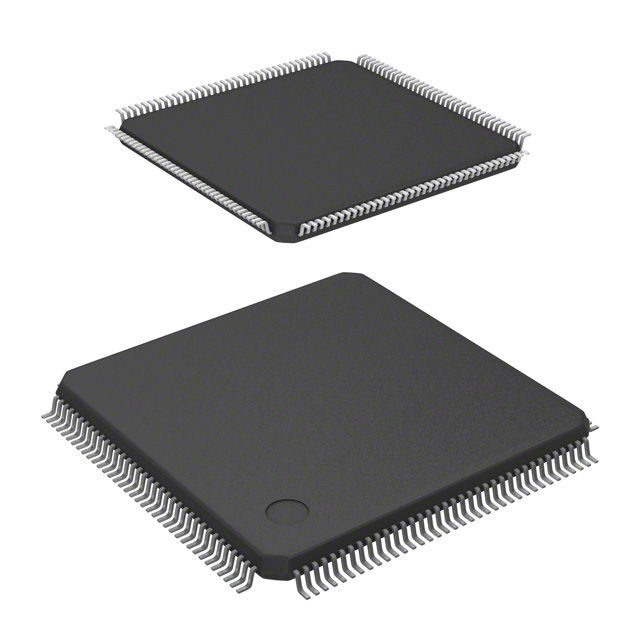

ESP32 vs Arduino: What’s the Difference?
Catalog
ESP32 vs Arduino: Key Differences ExplainedWhat is ESP32?What is Arduino?ESP32 vs Arduino: A Side-by-Side ComparisonFrequently Ask QuestionsRelated ArticlesESP32 and Arduino are among the most widely used microcontroller-based development platforms, both playing key roles in embedded systems and DIY electronics. While they serve similar purposes, they differ considerably in areas like programming, hardware features, processing power, and connectivity.
The ESP32, created by Espressif Systems, is known for its powerful performance and built-in Wi-Fi and Bluetooth support, making it ideal for advanced and connected applications. On the other hand, Arduino has earned its reputation for being beginner-friendly and supported by a large, active community, which makes it a top choice for educators, students, and hobbyists alike.
This article highlights the key differences between the ESP32 and Arduino platforms to help you decide which one is right for your next project.

ESP32 vs Arduino
ESP32 vs Arduino: Key Differences Explained
ESP32 and Arduino are both popular microcontroller boards widely used by students, hobbyists, and researchers. These compact boards can take inputs and deliver outputs without the need for a separate CPU, making them ideal for small-scale electronics and embedded projects. Their pocket-sized design adds to their versatility and convenience.
Understanding the key differences between ESP32 and Arduino can help you choose the right board for your specific project needs.
What is ESP32?
The ESP32 is a low-cost development board with built-in Wi-Fi and Bluetooth, making it an excellent choice for IoT (Internet of Things) applications. Thanks to its integrated wireless capabilities, it enables smart connectivity without the need for external modules.
The board operates at voltages ranging from 2.2V to 6V, regulated internally to supply a stable voltage and up to 500 mA of output current. It features a dual-core processor, allowing for multitasking by running tasks on separate cores, and includes 4 MB of flash memory — providing fast and efficient performance for complex applications.
This development board is specifically designed for affordable, energy-efficient, and straightforward IoT applications, thanks to its built-in Wi-Fi and Bluetooth connectivity. It is powered by a dual-core Tensilica Xtensa processor running at 160 MHz, equipped with 520 KB of SRAM and 34 GPIO pins, making it suitable for a wide range of embedded tasks.
The ESP32 is highly versatile in terms of programming options — it can be easily programmed using the Arduino IDE, MicroPython, Lua, ESP-IDF, or even JavaScript. Additionally, it supports a wide operating temperature range from -40°C to 125°C, making it suitable for both indoor and outdoor environments.
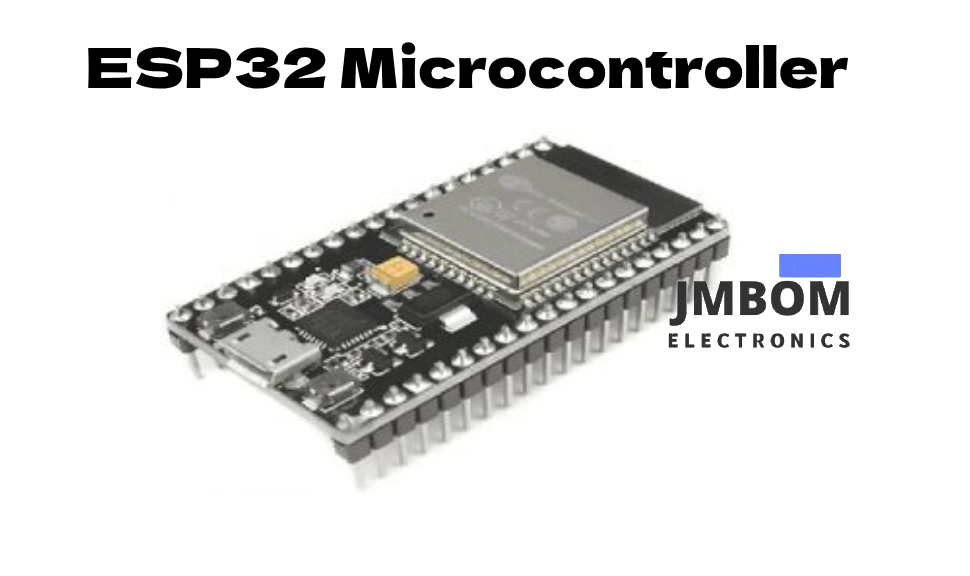
What is Arduino?
Arduino is an open-source development board widely used for creating embedded systems, wearable tech, electronic gadgets, IoT solutions, and robotics projects. It enables users to easily build electronic prototypes by connecting a variety of sensors, actuators, and motors.
Most Arduino boards are based on the ATmega328P 8-bit microcontroller and come equipped with 14 digital I/O pins (typically labeled 0 to 13). These pins can function as either digital inputs — to receive signals from external components — or digital outputs — to send signals to other devices.
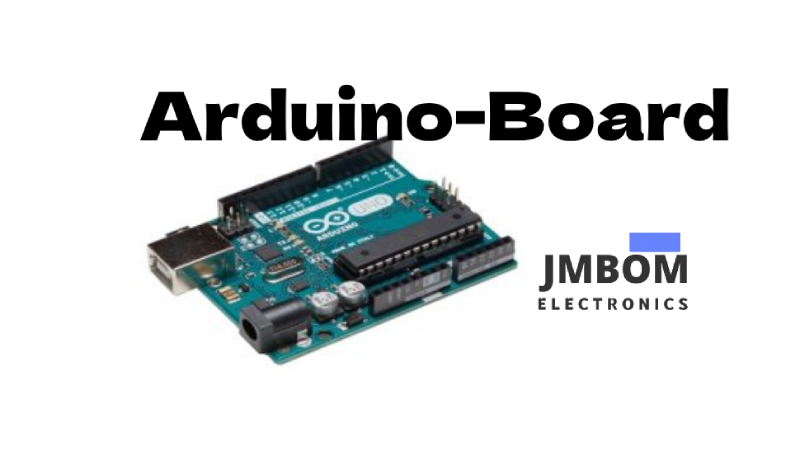
The board operates at 5V and typically draws between 45 to 80 mA of current during normal use, with as little as 35 mA consumed in deep sleep mode. It can be powered via a USB cable, a 9V battery, or an external power supply. Running at a clock speed of 16 MHz, the Arduino can process up to 16 million instructions per second, making it capable enough for a wide range of beginner to intermediate-level applications.
ESP32 vs Arduino: A Side-by-Side Comparison
The following table outlines the key differences between ESP32 and Arduino development boards:
| Feature | ESP32 | Arduino |
|---|---|---|
| Platform Type | Low-cost, low-power SoC with built-in Wi-Fi and Bluetooth | Open-source microcontroller development board |
| Processor | Tensilica Xtensa LX6 (dual-core) | 8-bit ATmega328P microcontroller |
| Operating Voltage | 3.3V | 5V |
| RAM | 520 KB | 2 KB |
| Connectivity | Built-in Wi-Fi and Ethernet support | Ethernet via external shield |
| Bluetooth | Supported | Not supported |
| Programming Languages | Python, MicroPython, C, C++ | C, C++ |
| Operating System | Supports lightweight OS like Raspbian, Ubuntu | No OS required |
| Clock Speed | Up to 240 MHz | 16 MHz |
| Flash Memory | Up to 16 MB | Typically 4 MB (may vary) |
| Cost | Generally more affordable than Arduino | Also budget-friendly |
| Family | Part of the ESP series | Part of the Atmega family |
| Analog Input Pins | 18 | 6 |
| GPIO Pins | Up to 48 | 20 (6 with PWM output) |
| Variants | Includes models like DevKit DOIT, DevKitC, PICO, EYE, Thing, CAM, 32S, etc. | Includes models like Uno, Mega, Nano, Leonardo, etc. |
| Main Strengths | High performance, integrated wireless features | Easy to use, strong community support |
In summary, this comparison highlights the key differences between the ESP32 and Arduino boards. The ESP32 is well-suited for advanced projects that demand higher processing power and wireless connectivity — such as smart home systems, industrial automation, and IoT-based applications.
On the other hand, the Arduino stands out for its simplicity and ease of use, making it a great choice for educational settings, beginner-level projects, and creative installations. While the ESP32 offers more powerful features and advanced functionality for complex tasks, the Arduino remains a favorite among newcomers due to its user-friendly nature and strong community support.
Now, here's a question for you: What is the ESP32-CAM?
Frequently Ask Questions
Which Is Better: ESP32 or Arduino?
The ESP32 offers more advanced features and greater processing power, making it the better choice for complex and connectivity-heavy applications such as smart homes, IoT networks, and industrial systems. In contrast, Arduino boards are ideal for beginners, educators, and hobbyists due to their simplicity, ease of use, and broad community support.
What Are the Disadvantages of the ESP32?
Despite its many advantages, the ESP32 has some limitations:
- High power consumption, which can be problematic for battery-operated projects
- Limited real-time performance, as the use of an RTOS and complex CPU architecture can hinder precise timing control
- Subpar ADC performance, making it less ideal for high-accuracy analog measurements
- Weak GPIO drive strength, which may not be suitable for all peripheral devices
- Peripheral limitations, where the available I/O functions may not meet every project’s needs
Why Is the ESP32 So Affordable?
The low cost of the ESP32—especially variants like the ESP32-C3—comes from smart design decisions. For example, replacing the dual-core Tensilica architecture with a single-core RISC-V processor significantly reduces both complexity and production cost, while still maintaining enough performance for most IoT applications.
Can ESP32 Replace Arduino?
Yes. The ESP32 is fully compatible with the Arduino IDE, making the transition easy for those already familiar with Arduino development. Additionally, it offers more functionality with built-in Wi-Fi and Bluetooth, making it a strong alternative for projects requiring wireless communication.
Is the ESP32 a Security Risk?
As of 2023, over 1 billion ESP32 chips are in use worldwide. However, researchers have discovered 29 undocumented HCI (Host Controller Interface) commands in the ESP32, which may pose potential security risks if not properly managed. Developers working on security-sensitive applications should take this into account.
Why Is the ESP32 So Popular?
The ESP32 has gained widespread popularity due to its:
- Built-in Wi-Fi and Bluetooth connectivity
- Low power consumption
- Affordable price point
- Versatility in handling a wide range of IoT and embedded applications
These factors make it a go-to solution for creating connected devices.
Do You Still Need Arduino If You Have an ESP32?
Not necessarily. If you're using an ESP32, you can simply install the Arduino ESP32 board support package in the Arduino IDE and begin development. However, if your project doesn’t need advanced wireless capabilities, a basic Arduino board may still be a more appropriate and beginner-friendly choice.
Why Choose ESP32 Over Raspberry Pi?
While the Raspberry Pi can technically perform many of the same tasks as the ESP32, its higher cost, larger size, and greater power demands often make it less practical for simple IoT applications. The ESP32 strikes a balance — more capable than a basic Arduino, but smaller and more efficient than a full Raspberry Pi.
How Many Times Can You Program an ESP32?
The ESP32's EEPROM has an estimated write endurance of over 100,000 cycles. While this is sufficient for most use cases, developers should still design their applications to minimize unnecessary write operations to maximize memory lifespan.
Related Articles
Semiconductor Fuse: Structure, HSN Code, Operation, and Common Uses
DC Servo Motor: Structure, Operation, Arduino Interface & Common Uses
Iron Core Inductor : Construction, Formula, Working & Its Applications
Air Core Inductors: Design, Operation, Inductance, and Common Uses
Logic Analyzers: Overview, Function, Types, Comparison & Maintenance
Passive High-Pass Filter: Overview, Circuit Design, Operation & Types
ESP32-S3 vs ESP32: What’s the Difference?
Chemical Sensors: Design, Operation, Types and Comparison with Biosensors
Subscribe to JMBom Electronics !



